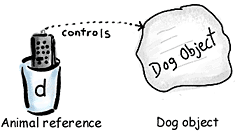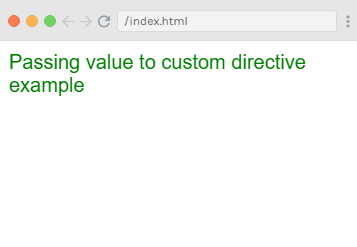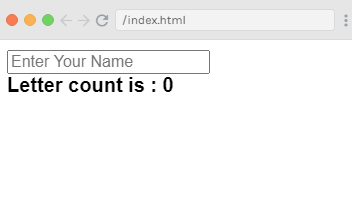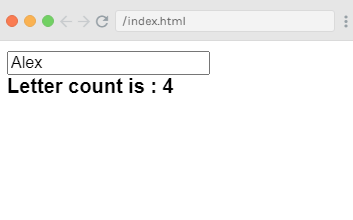I am having trouble updating it. I have two tables one is employees and other is attendance.
employees table has fields as (id, employee_id, firstname,
lastname, address, email, salary, creacted_on) and attendance table has
fields as (id, employee_id, date, time, description). Here is my code
for editing.
1 2 3 4 5 6 7 8 9 10 11 12 13 14 15 16 17 18 19 20 21 22 23 24 25 26 27 28 | <?php $query = "SELECT emp.employee_id, emp.firstname, emp.lastname, att.time, att.date, att.description from attendance AS att INNER JOIN employees AS emp where att.employee_id = emp.id"; $query_run = mysqli_query($connection, $query); if (mysqli_num_rows($query_run) > 0) { while ($row = mysqli_fetch_assoc($query_run)) { ?> <tr> <td><?php echo date('M d, Y', strtotime($row['date'])); ?></td> <td><?php echo $row['employee_id']; ?></td> <td><?php echo $row['firstname'] . ' ' . $row['lastname']; ?></td> <td><?php echo date('h:i A', strtotime($row['time'])); ?></td> <td><?php echo ($row['description']) ?></td> <td> <form action="attendance_edit.php" method="post"> <input type="hidden" name="edit_id" value="<?php echo $row['id']; ?>"> <button type="submit" name="edit_btn" class='btn btn-success btn-sm edit btn-flat'><i class='fa fa-edit'></i> Edit</button> </form> </td> <td> <form action="attendance_code.php" method="post"> <input type="hidden" name="deleteattendance_id" value="<?php echo $row['id']; ?>"> <button onclick="return confirm('do you want to delete Y/N')" type="submit" name="deleteattendance_btn" class='btn btn-danger btn-sm delete btn-flat'><i class='fa fa-trash'></i> Delete</button> </form> </td> </tr> <?php |
page edit :
1 2 3 4 5 6 7 8 9 10 11 12 13 14 15 16 17 18 19 20 21 22 23 24 25 26 27 28 29 30 31 | $connection = mysqli_connect("localhost", "root", "", "project08"); if (isset($_POST['edit_btn'])) { $id = $_POST['edit_id']; $query = "SELECT * FROM attendance WHERE id= '$id'"; $result = mysqli_query($connection, $query); while ($row = mysqli_fetch_assoc($result)) ?> <form action="attendance_code.php" method="POST"> <input type="hidden" name="edit_id" value="<?php echo $row['id'] ?>"> <div class="form-group"> <label> Date </label> <input type="date" name="edit_date" value="<?php echo date('M d, Y', strtotime($row['date'])); ?>" class="form-control datepicker" placeholder="Enter Date"> </div> <div class="form-group"> <label>Time</label> <input type="time" name="edit_time" value="<?php echo $row['time'] ?>" class="form-control timepicker" placeholder="Enter Time"> </div> <div class="form-group"> <label>Description</label> <input type="text" name="edit_description" value="<?php echo $row['description'] ?>" class="form-control" placeholder="Enter Description"> </div> <a href="attendance.php" class="btn btn-danger"> CANCEL </a> <button type="submit" name="update_btn" class="btn btn-primary"> Update </button> </form> <?php |
1 2 3 4 5 6 7 8 9 10 11 12 13 14 15 16 17 18 19 20 | if (isset($_POST['update_btn'])) { $id = $_POST['edit_id']; $date = $_POST['edit_date']; $time = $_POST['edit_time']; $description = $_POST['edit_description']; $query = "UPDATE attendance att JOIN employees emp ON (att.employee_id = emp.employee_id) SET date = '$date', time = '$time', description = '$description' WHERE id = '$id'"; $query_run = mysqli_query($connection, $query); if ($query_run) { $_SESSION['status'] = "Your data is Updated"; $_SESSION['status_code'] = "success"; header('Location: attendance.php'); } else { $_SESSION['status'] = "Your data is NOT updated"; $_SESSION['status_code'] = "error"; header('Location: attendance.php'); }} |






